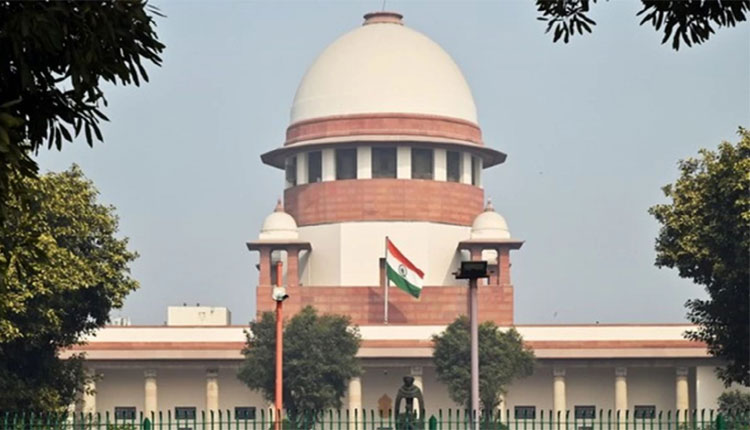New Delhi: The Supreme Court of India has voiced strong disapproval over the absence of functional CCTV cameras in police stations across the country, highlighting a critical gap in ensuring transparency and protecting human rights.
Taking suo motu cognisance of a news report detailing 11 deaths in police custody in Rajasthan over the past eight months, the apex court has reserved its judgement, slated for pronouncement on September 26.
In a pointed observation during the hearing, a bench comprising Justices Vikram Nath and Sandeep Mehta emphasised that the issue extends beyond mere installation to effective monitoring. “The problem isn’t just about compliance affidavits today; what if officers switch off the cameras tomorrow or tamper with them?” remarked Justice Mehta, underscoring the need for foolproof oversight to prevent custodial abuses.
The court’s intervention stems from reports of non-functional surveillance systems in Rajasthan, where custodial deaths have raised alarms about police accountability. Senior advocate Siddharth Dave, appearing as amicus curiae, informed the bench that while some states have adhered to prior directives, others — including central agencies like the CBI, ED, and NIA — have lagged behind. “Neither the Centre nor these investigative bodies have fully complied,” Dave argued, urging stricter enforcement.
Justice Mehta floated innovative ideas for reform, suggesting the involvement of institutions like IIT to develop automated monitoring systems free from human interference. “We envision a centralised control room with independent audits by external agencies,” he said, aiming to eliminate loopholes where footage could be manipulated.
This out-of-the-box approach could revolutionise policing, integrating AI-driven alerts for anomalies in real-time footage, potentially reducing custodial violence by up to 50% based on global precedents from countries like the UK.
Recalling its landmark rulings, the court referenced a 2018 order mandating CCTV in police stations to curb human rights violations, followed by a more stringent December 2020 directive. The latter required comprehensive coverage in all stations, including entry/exit gates, main gates, lock-ups, corridors, lobbies, and areas outside detention cells. States and Union Territories were instructed to ensure no blind spots remain, with central agencies also brought under the ambit.
This case spotlights a broader crisis: despite judicial mandates, implementation remains patchy, with only 60-70% compliance reported in many states, per independent audits. Experts with over two decades in criminal justice reform argue that integrating blockchain for tamper-proof storage and drone-based inspections could further enhance efficacy, fostering a culture of accountability. Such measures not only deter misconduct but also build public trust, potentially lowering litigation costs by millions annually.
As the judgement day approaches, stakeholders anticipate directives that could mandate annual tech upgrades and third-party verifications, setting a precedent for tech-savvy policing in India. This evolving narrative underscores the judiciary’s role in bridging gaps between policy and practice, ensuring citizen safety in an era of digital governance.



Comments are closed.